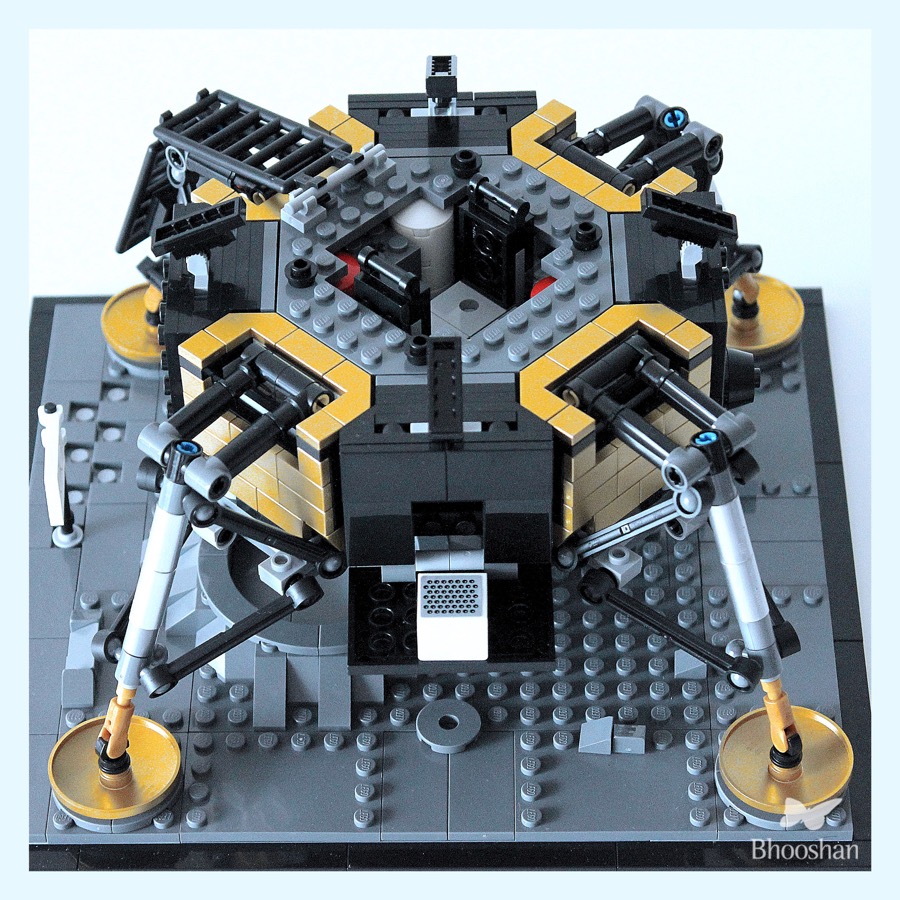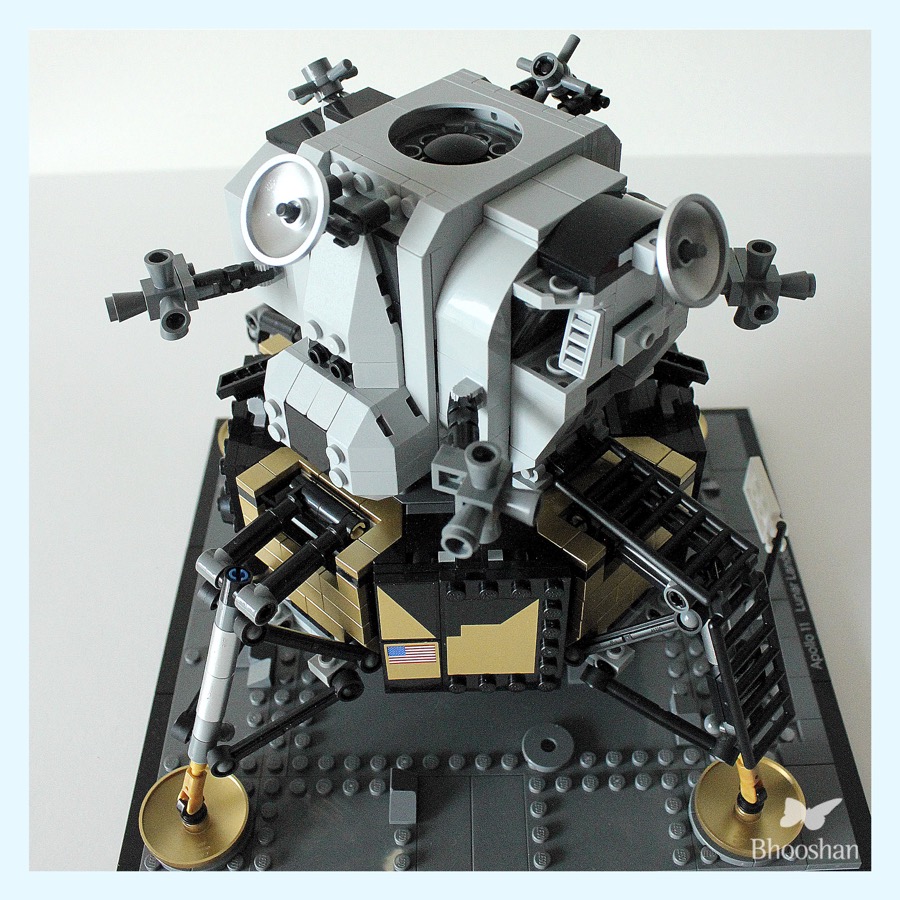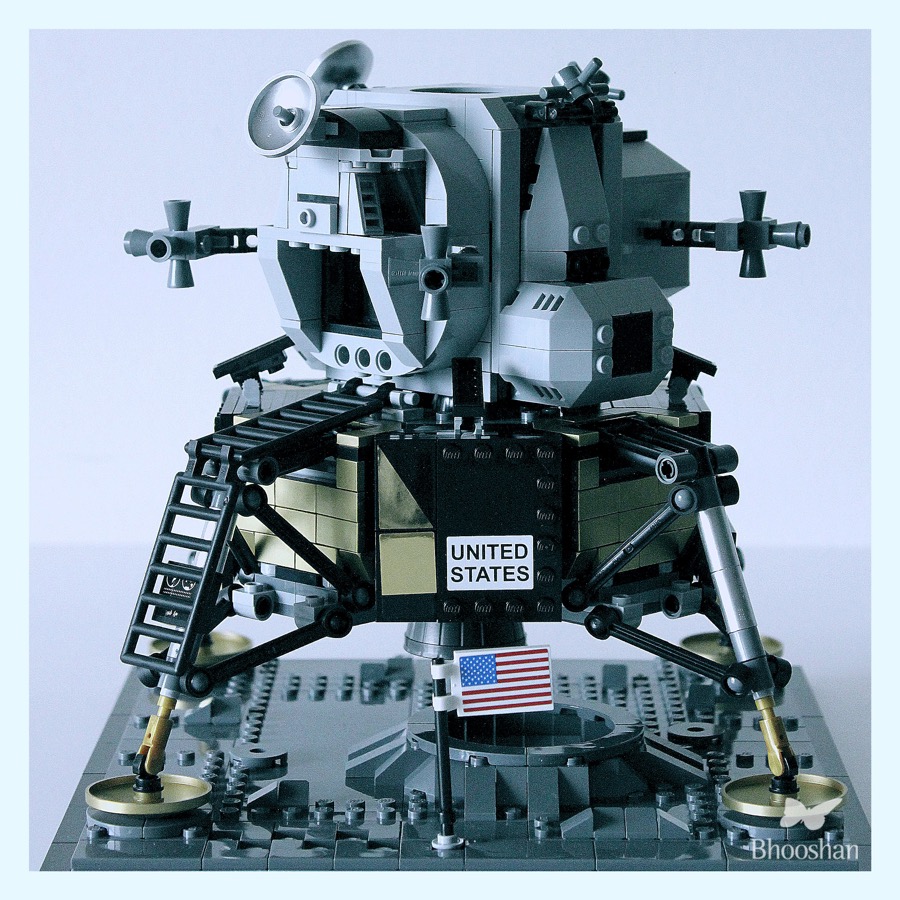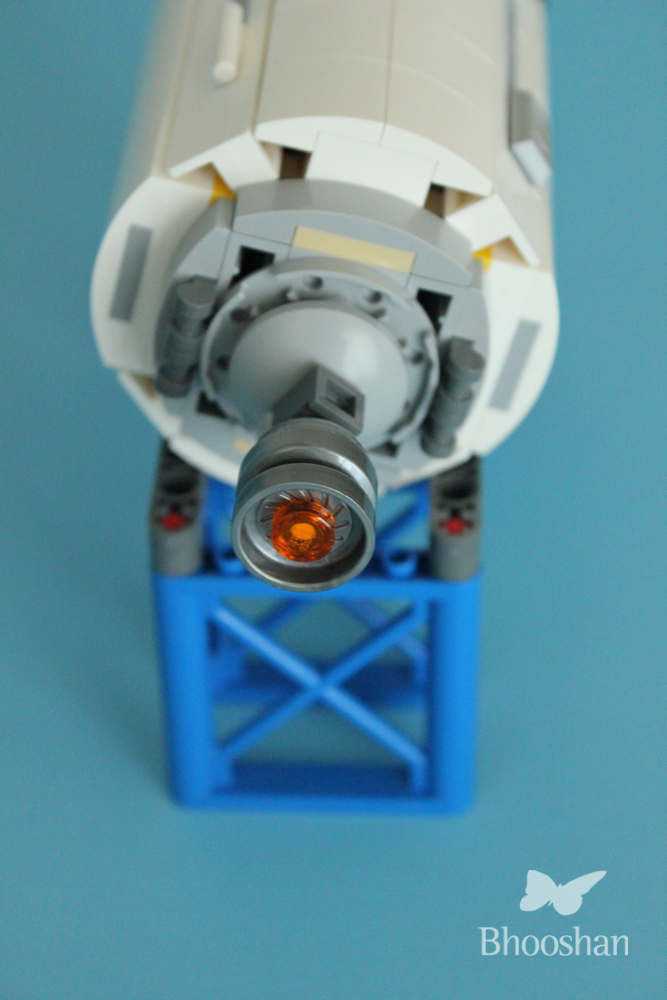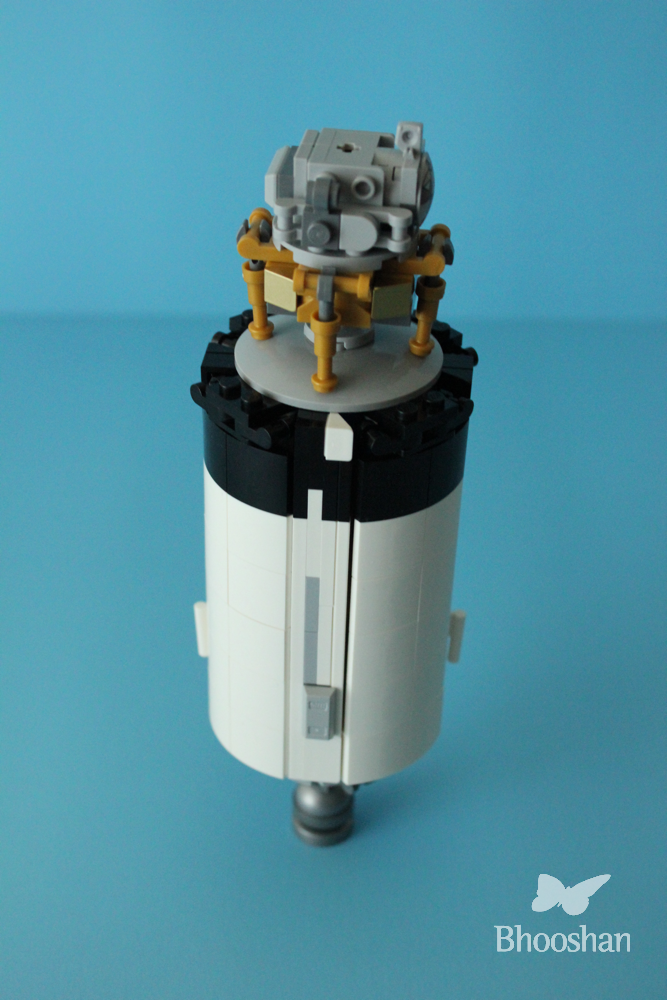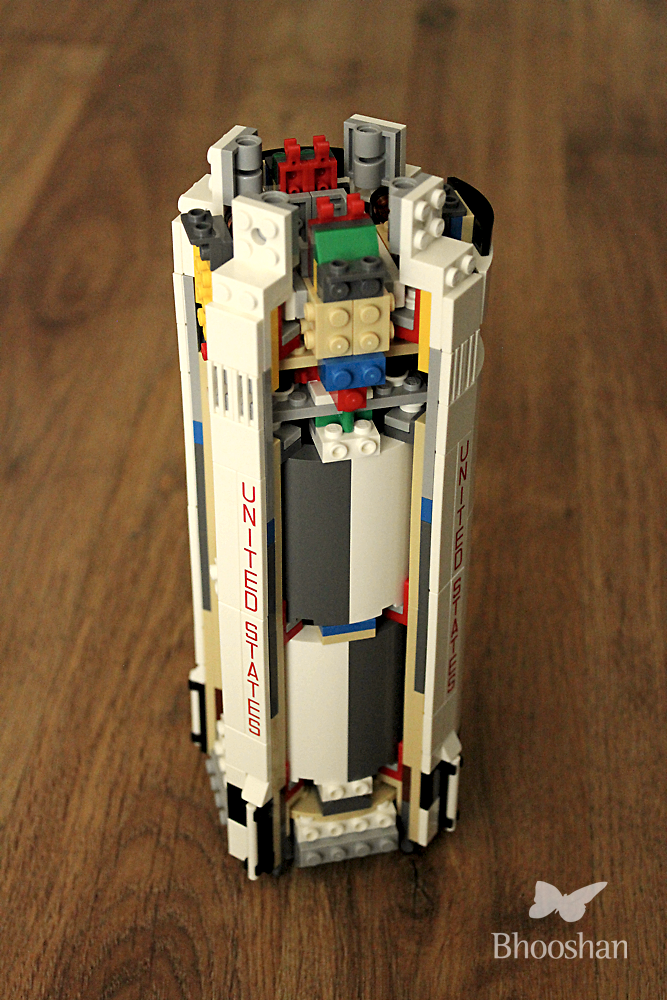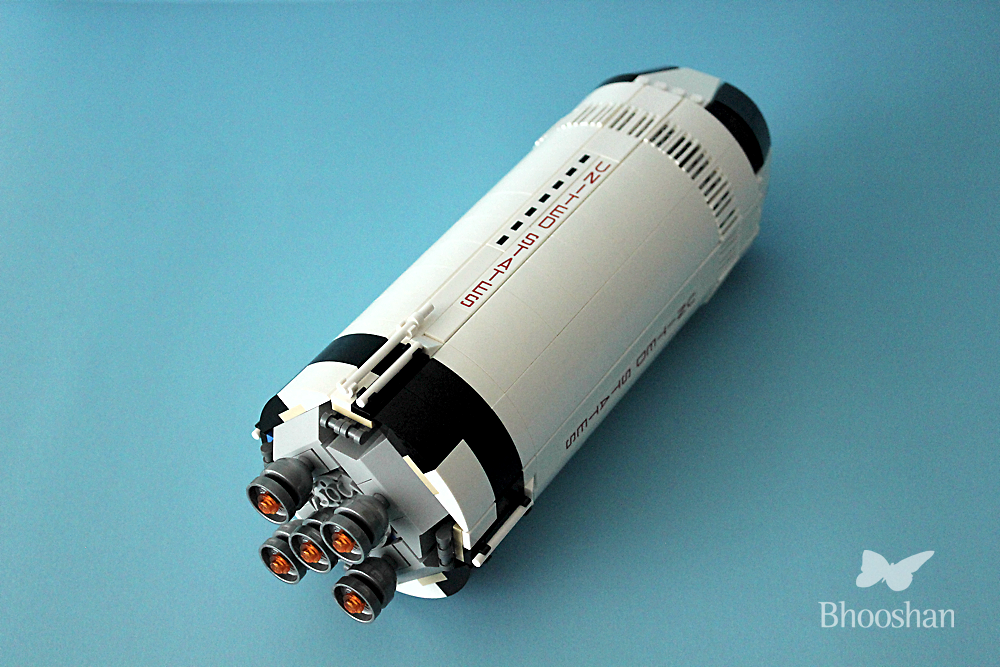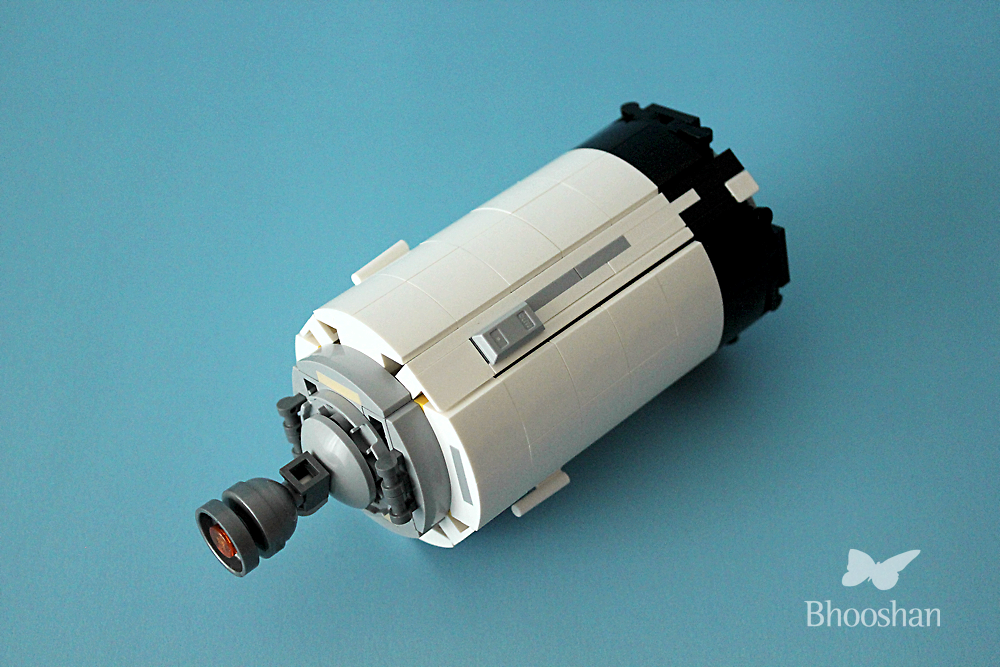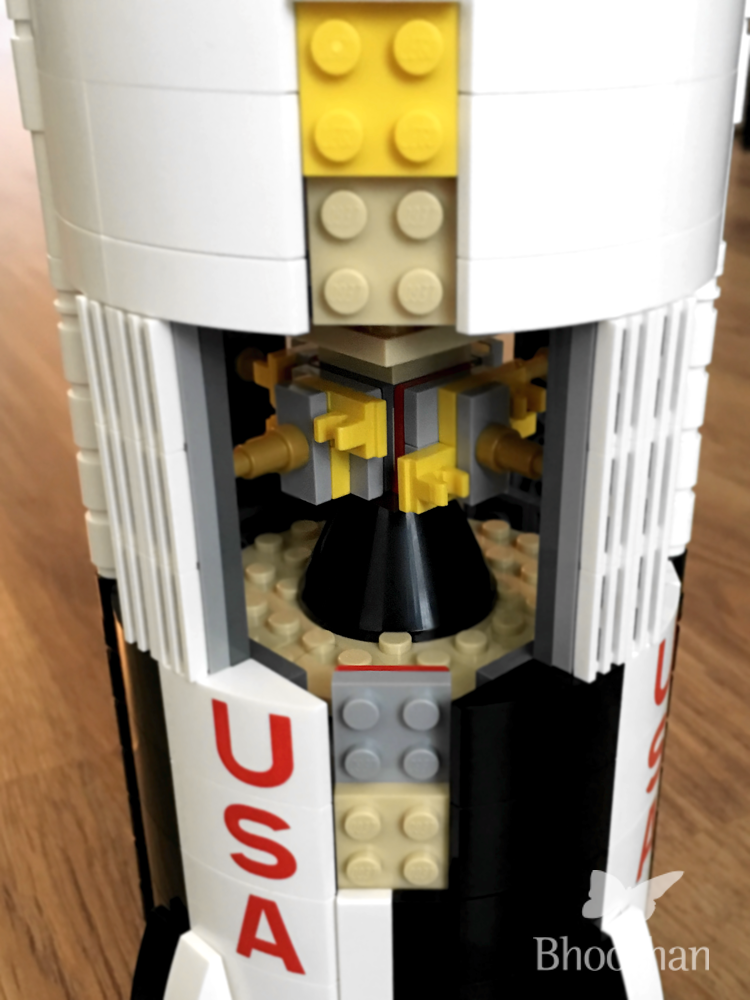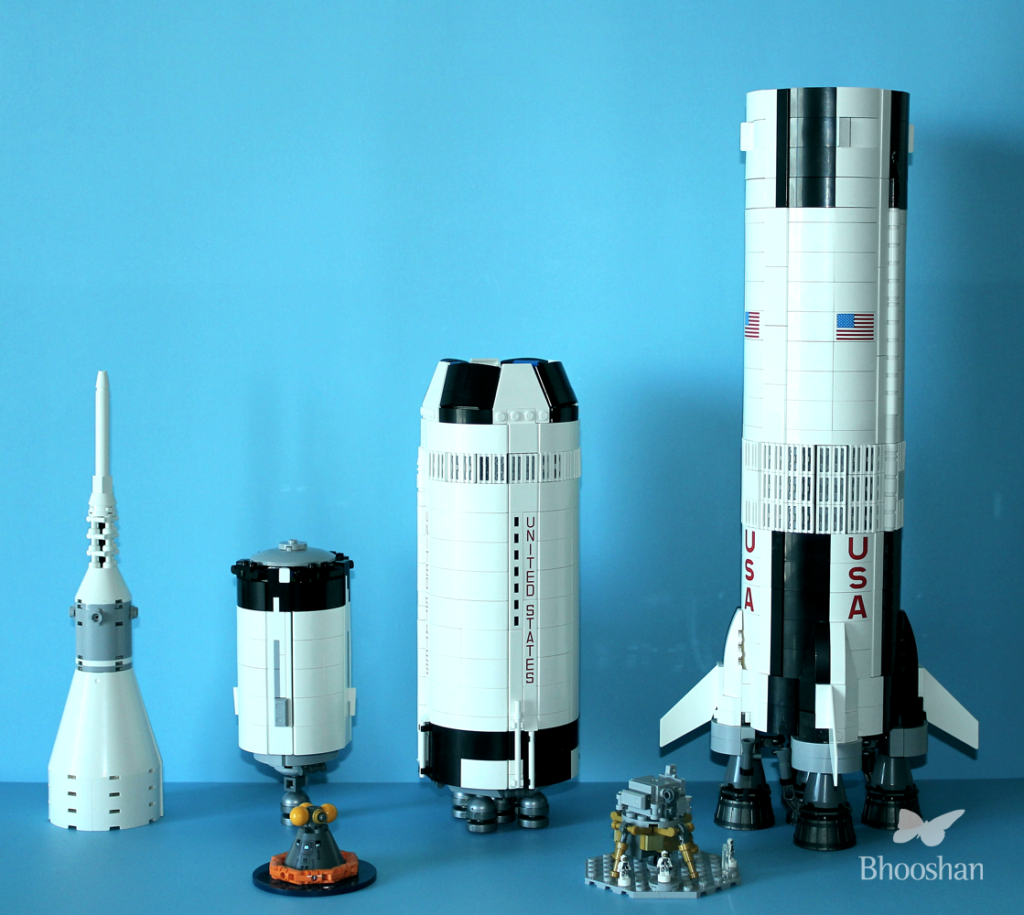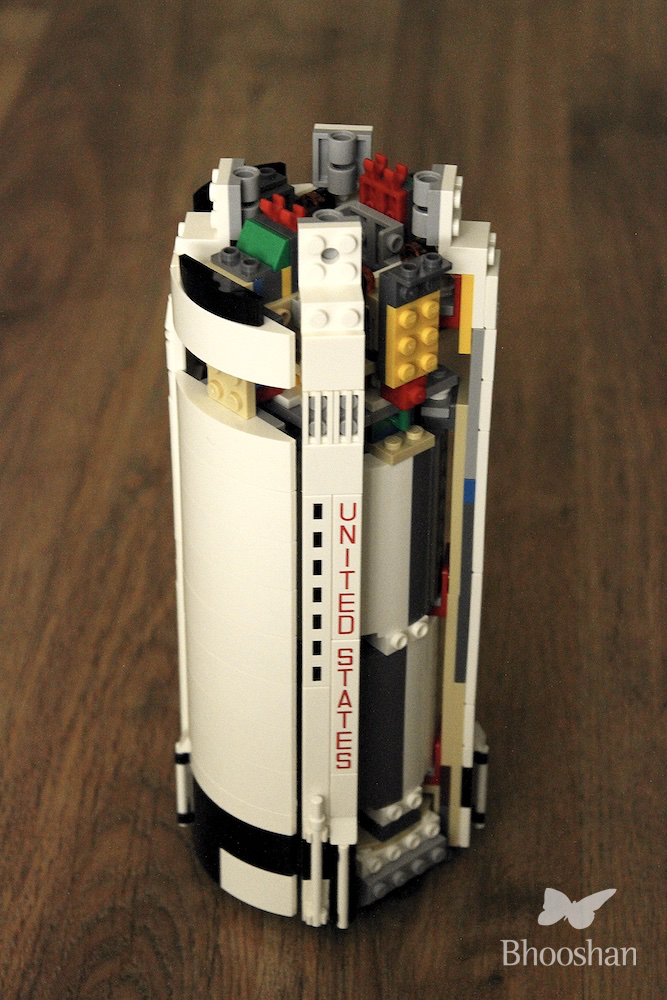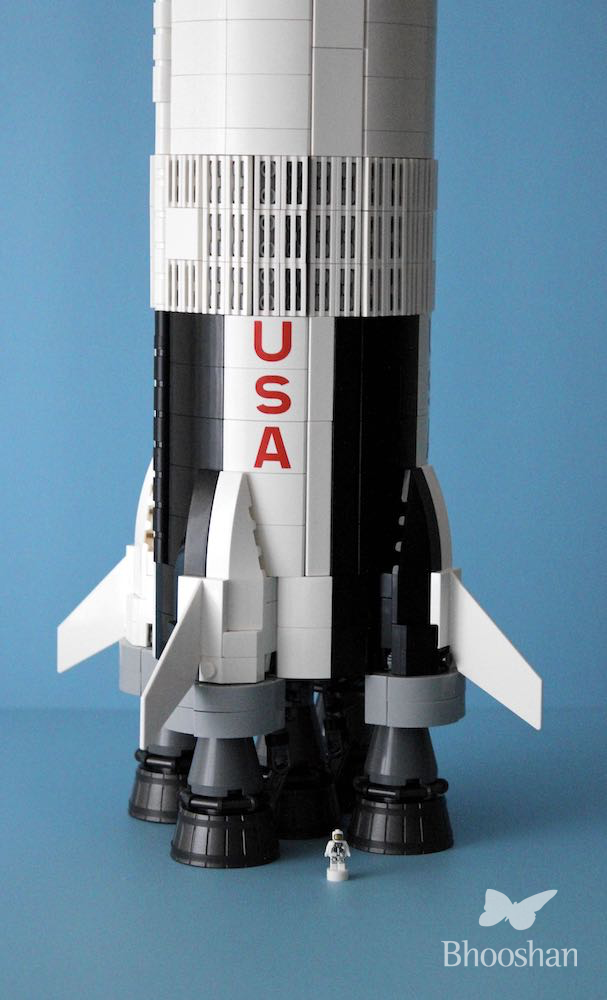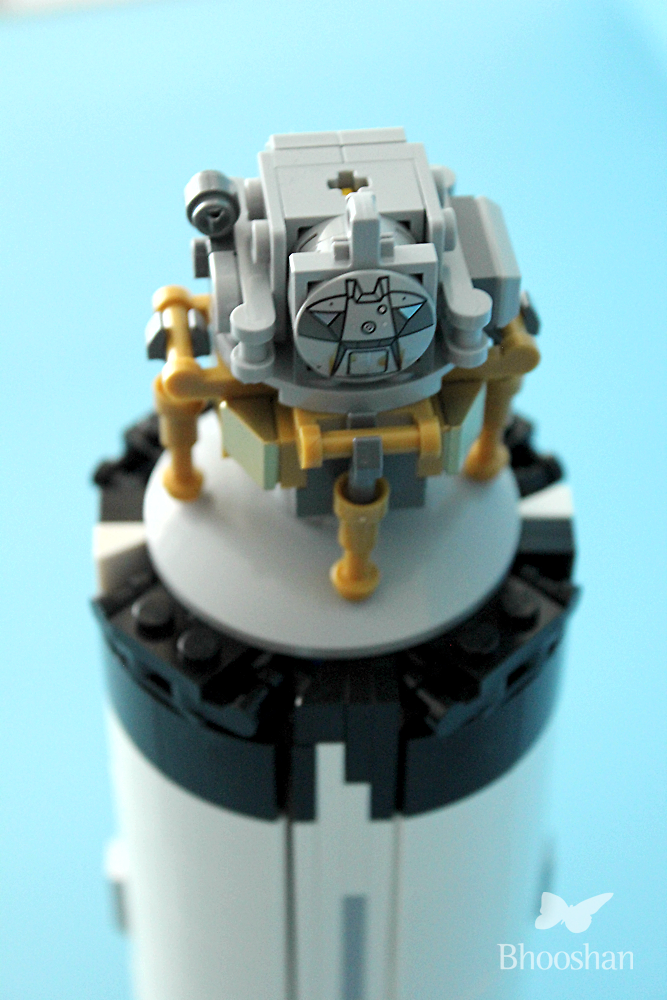The term “innovation” has become the favourite lexicon of corporate executives for any discussion relating to building a vision for their organizations, and obviously the startups who need to raise eyebrows for getting noticed and getting funded. ‘Innovation’ has an aura that sets our imagination rolling, often conjuring up an impression of an impossible modern future replete with robots, gadgets, and automative mechanisms. In short, it’s presumed that innovation would hand out an inventive gadget, service, or product that will make our lives a lot pleasurable with delightful interactions. For instance, skillfully using technologies such as AI to track your location and provide an accurate weather forecast or respond smartly to your question, putting wireless sensors so that you’re able to park your car smoothly. As I write this article there are numerous startups engrossed in experimenting with future technologies in shaping our landscape. Although the role of the ‘customer’ is being diminished somewhere between the business, the investors’ expectations & the discussion surrounding innovative technology. It’s not just a need to involve the target audience in an end-to-end product or service development activity but critically put the ‘customer’ in the centre of every innovation conversation.
Innovation Through Customer Insights
Organizations have acknowledged the significance of customer experience in sustaining future innovations, during and after any innovative idea is launched. However, the intrinsic drive of entrepreneurs to solve problems through technology has never gained so much visibility than in recent times as companies make attempts at product development for market dominance & financial gains. At times, this drives focus away from the customer experience and onto developing features that may miss the target audience invariably putting the entire roadmap of the product in jeopardy. For some startups or companies, the issue of relentless product development without managing customer expectations seems to be emanating from their internal challenges that are dictated more or less by corporate decisions. So for instance, on a strategic level, senior stakeholders choose a platform for driving automation for customer needs either without an understanding of the user-base or taking insights from a previous product launch. Eventually, by the time the “idea” percolates down to the tactical phase, one cannot rule out the complexity of its interaction and flow regardless of whether it’s solving any problems based on the experience that it delivers (or it doesn’t). Organizations back their leadership’s decisions of shaping the vision and it’s left upon the dev & design teams to implement the final product, within a strict timeline, despite the glaring loopholes and no understanding of the evolving user base. Designers obviously take a backseat.
Continue reading…


